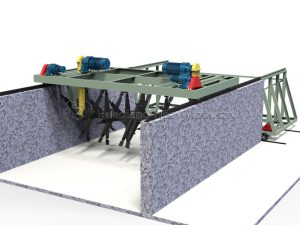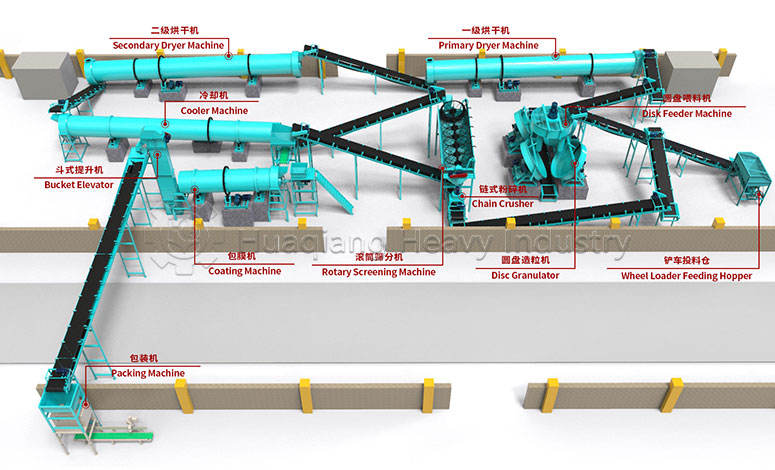Aerobic composting is currently the mainstream process for manure treatment. By introducing oxygen into the manure, it promotes the rapid reproduction of aerobic microorganisms, achieving harmless treatment and maturation under high-temperature conditions. This method not only effectively eliminates pathogens but also converts organic matter into stable humus, making it a crucial step in producing high-quality organic fertilizers. Depending on production scale and site conditions, the process is mainly divided into three techniques: windrow, trough, and in-vessel composting.
Windrow Composting: An Economical and Practical Choice
Windrow composting is the most basic form of aerobic composting, particularly suitable for small to medium-scale production. During operation, pre-treated manure is piled into long windrows 2-3 meters wide and 1.2-1.5 meters high, with turners used for regular turning. During the turning process, oxygen fully penetrates the pile, allowing microorganisms to multiply rapidly and raising the temperature to 55°C-70°C, which is maintained for 5-7 days. This high-temperature environment effectively kills over 90% of pathogens, insect eggs, and weed seeds.
When the pile temperature drops to ambient levels, the material turns dark brown, loses its odor, and emits an earthy fragrance, indicating that maturation is complete. At this stage, the material volume typically shrinks by 30%-50%. The advantages of this method include low equipment investment, requiring only a turner for operation. The drawbacks are its susceptibility to weather conditions, requiring coverage during rainy days, and a relatively long fermentation cycle of 15-25 days.
Trough Composting: Higher Automation
Trough composting is suitable for medium to large-scale production and is conducted in enclosed or semi-enclosed fermentation tanks, which are 3-5 meters wide and 10-50 meters long. The system is equipped with rail-mounted turners for automatic turning of materials, and some devices also integrate temperature control and ventilation systems. By precisely controlling oxygen supply and pile temperature, the system can maintain a stable high temperature of 60°C-70°C for 7-10 days, effectively eliminating harmful organisms and breaking down hazardous substances such as antibiotic residues.
Compared to windrow composting, trough composting achieves higher material uniformity, with no partially uncomposted areas. The fermentation cycle is shortened to 10-18 days, and the process is unaffected by weather conditions. However, this technique requires higher equipment and infrastructure investment, making it more suitable for continuous production needs.
In-Vessel Composting: The Preferred Choice for Environmental Requirements
In-vessel composting employs a sealed design, making it particularly suitable for scenarios with strict environmental requirements. Materials are loaded into vertical or horizontal sealed fermentation tanks, with forced aeration provided by fans and equipped with exhaust gas collection and treatment systems to effectively prevent the leakage of ammonia and odors. During the fermentation process, the temperature inside the tank can be precisely controlled at 55°C-65°C for 8-12 days.
In addition to achieving thorough harmless treatment, in-vessel composting can also reduce the activity of heavy metals in manure through microbial action, such as converting soluble cadmium into insoluble forms. The matured material has a moisture content of less than 20%, a loose texture, and stable organic matter. This technique offers excellent environmental performance and a small footprint but comes with high equipment costs, limited processing capacity per tank, and the need for batch operations.
These three aerobic composting techniques each offer distinct advantages for various scales of organic fertilizer fermentation, providing flexible solutions for different operational requirements. From the economical windrow method to advanced automated systems, these technologies form the foundation of modern organic fertilizer factory operations.
The selection of appropriate fermentation composting technology directly influences the organic fertilizer machinery price and overall efficiency. For large-scale operations, equipment like the large wheel compost turner offers efficient processing, while the chain compost turner provides reliable performance in various configurations within the complete organic fertilizer production line.
Following the organic fertilizer fermentation process, the material typically progresses to granulation using specialized equipment such as an organic fertilizer granulator or multi-purpose fertilizer granulator. This integrated approach ensures seamless transition from raw material processing to finished product manufacturing.
These diverse composting methods are revolutionizing manure management worldwide, enabling harmless treatment and resource recovery while supporting sustainable agriculture. The advancement in fermentation composting technology continues to drive efficiency improvements across the entire organic fertilizer production line, making organic fertilizer production more accessible and economically viable for operations of all sizes.
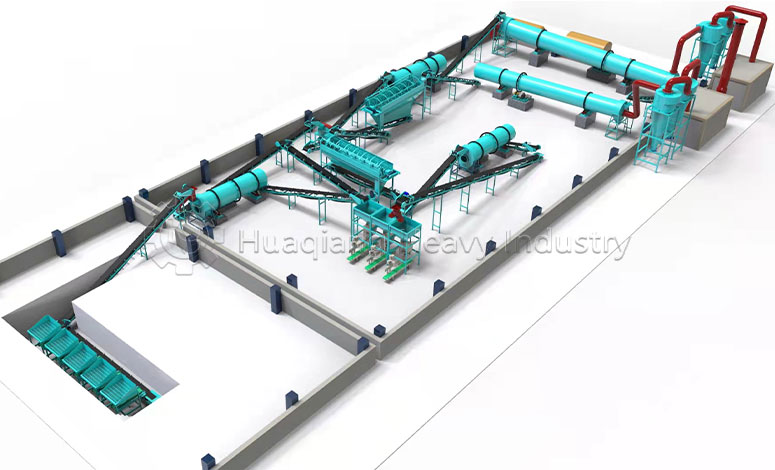
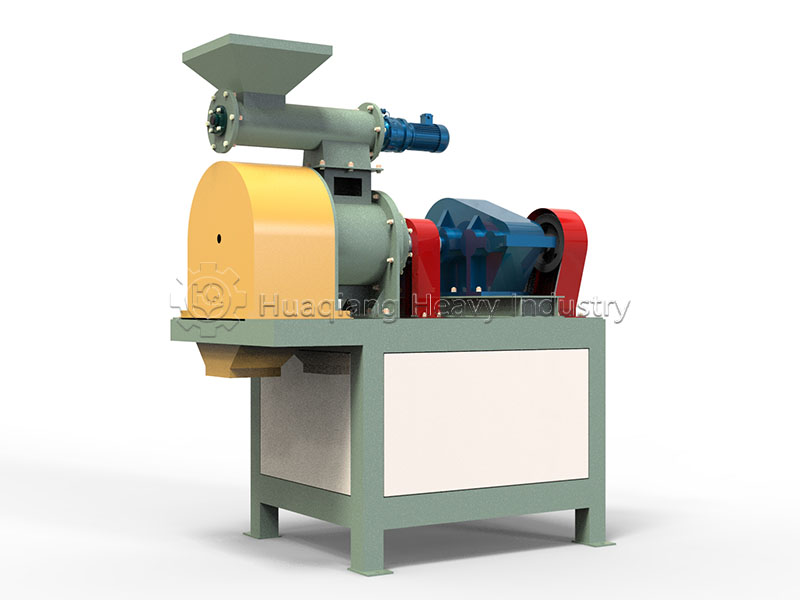
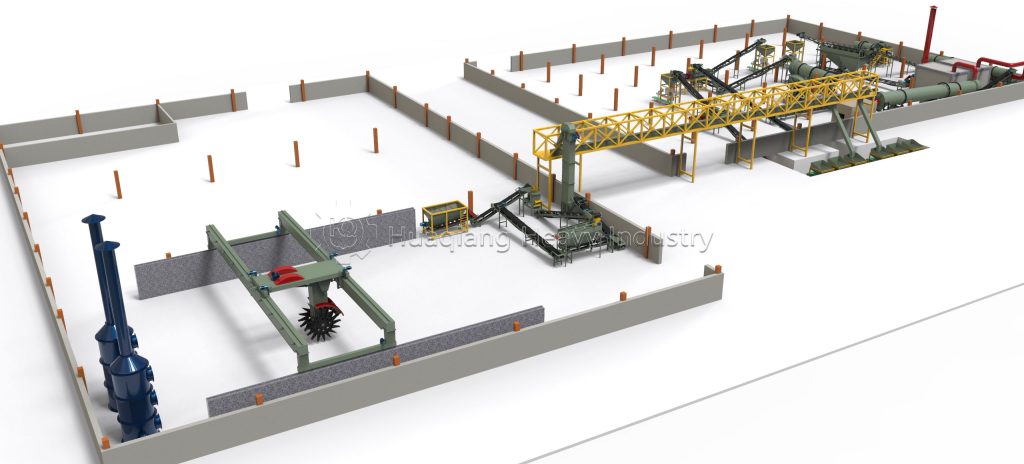
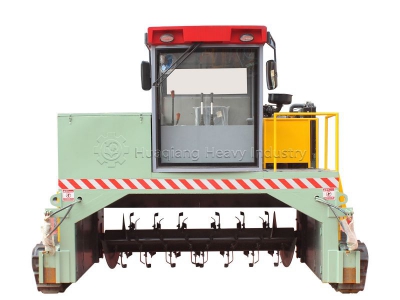

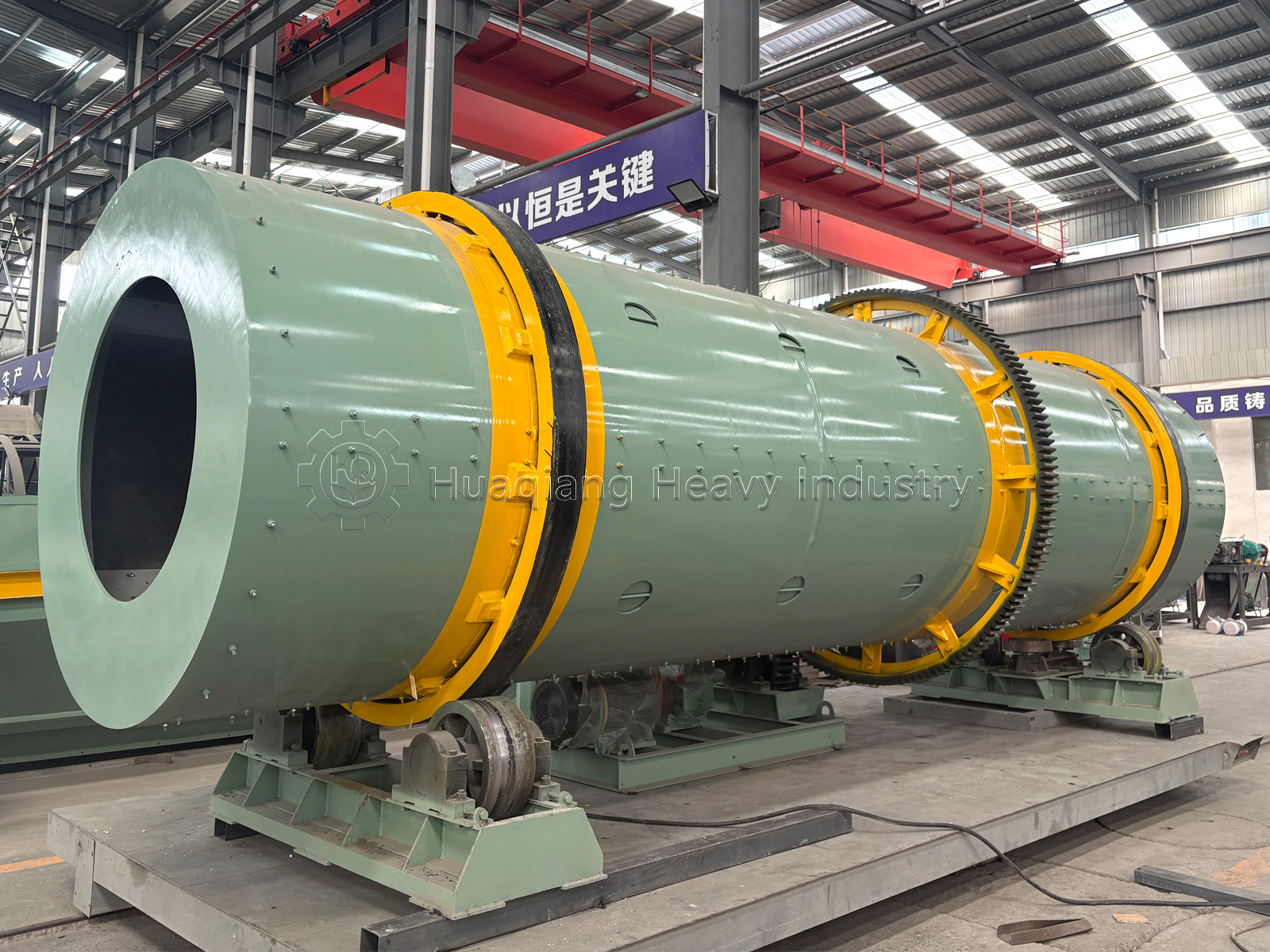
.jpg)
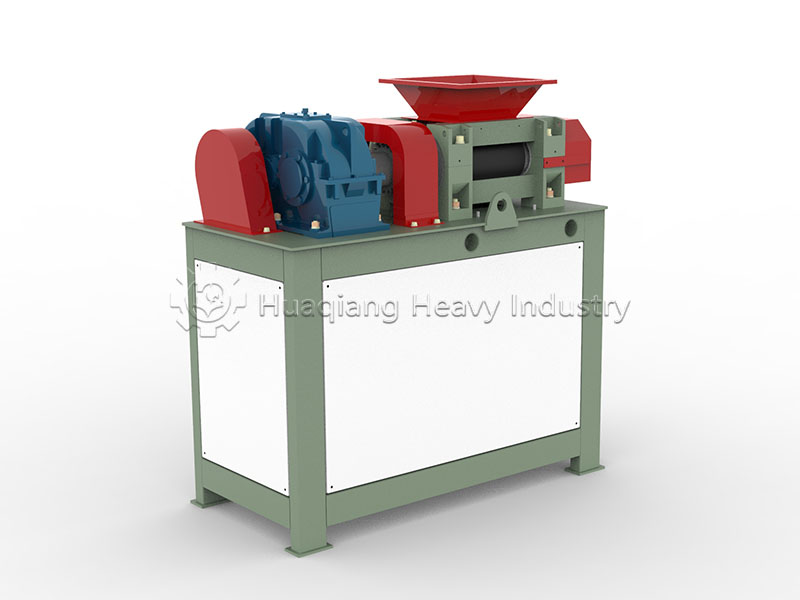
.jpg)




